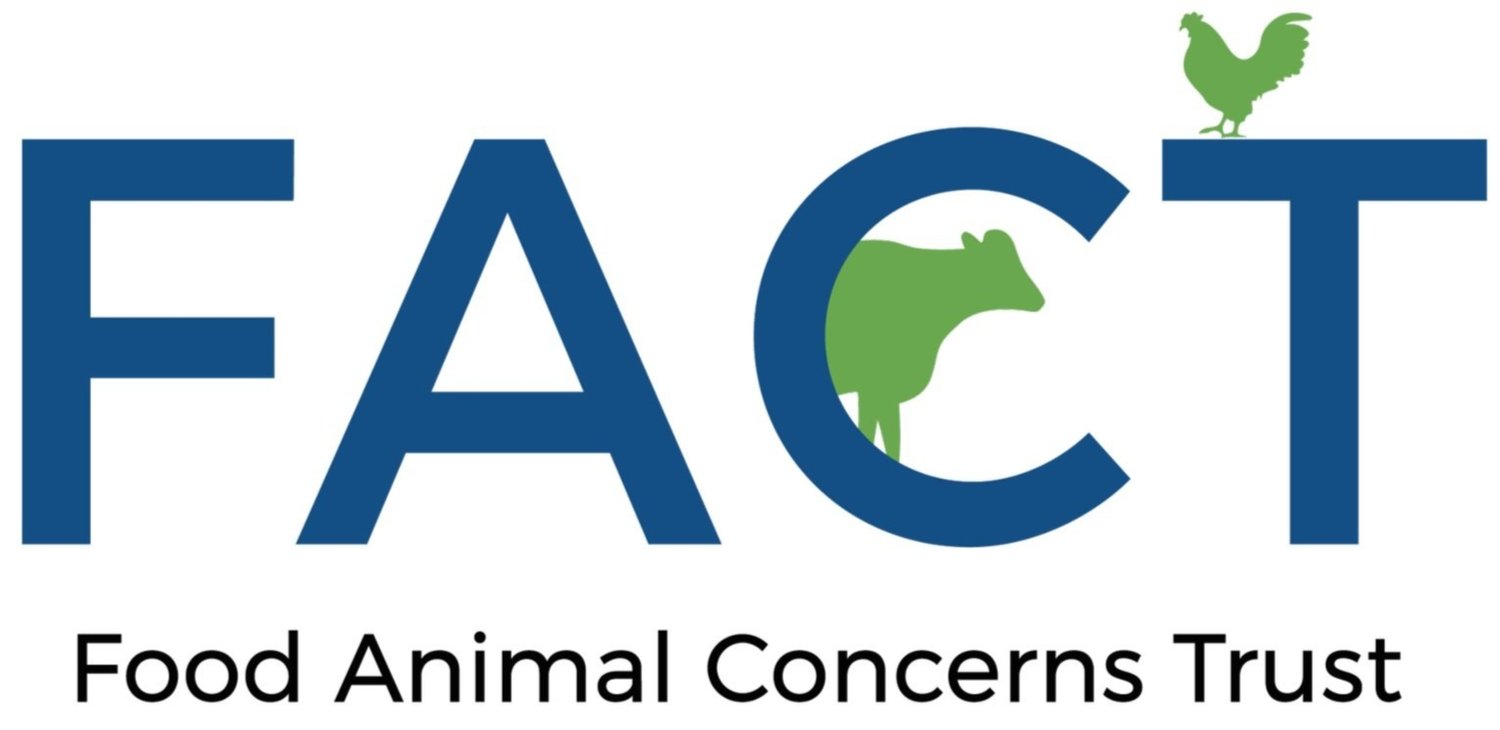The U.S. is in Need of Some Big New Year’s Resolutions When it Comes to Policies on Antibiotic Resistance
Happy New Year from FACT! Hopefully your year is already off to a great start. The new year brings new possibilities and an opportunity to reflect on the past year and resolve to make this one even better. It is a wonderful time to make goals and hopefully stick with them. At FACT we have big goals for what we want to accomplish this year, and we also have big - but very attainable - goals for an agency tasked with keeping us safe and healthy - the Food and Drug Administration (FDA).
The FDA has just completed a five-year plan to address the serious public health threat from antibiotic resistance. The FDA’s own data show the agency’s plan is not working. You wouldn’t necessarily know that from how they report the data, because they do not report on progress against indicators that would allow us to measure success.
In international venues, the United Nations and its partner the World Organization for Animal Health understandably recommend indicators to measure the success of efforts to combat antimicrobial resistance and track changes. After all, what good is a New Year’s resolution if you don’t measure or track your progress.
So how does the U.S. and the FDA measure up when looking at the internationally recommended indicators?
Indicator 1: Biomass-adjusted sales of medically important antibiotics.
Adjusting for biomass means that the sales are divided by the weight of the animals raised, so you can see whether changes are related to improving the use of antibiotics versus just changing the number of animals raised. We focus here on medically important antibiotics - those that are the same as or related to human drugs - because the impact is greater when these are overused. From 2021 to 2022, FDA sales and biomass data show that U.S. biomass adjusted sales of medically important antibiotics increased by 5.5%. In contrast, from 2021 to 2022, New Zealand saw a 23% decrease, the United Kingdom a 9% decrease, the European Union a 12.7% decrease, and Canada a 2.6% decrease. From 2018 to 2022, biomass-adjusted sales in the U.S. looks a little better, with just a 3% increase, but still very clearly moving in the wrong direction with pigs and turkeys showing larger increases. Biomass-adjusted sales of antibiotics for pigs increased by almost 10% and sales for turkeys increased by over 20%.
Indicator 2: Percentage of total sales/imports (or use) classified as World Health Organization (WHO) Highest Priority Critically Important Antimicrobial Agents (HCPIAs).
Sales of HPCIAs - antibiotics that are the most important for treating human infections- increased by 8.11% in animals and went from 9.6% of total sales to 10.0% from 2021 to 2022. Over the period of time that the FDA’s 5-year stewardship plan was in place (2018-2023) sales of these important antibiotics went up by a staggering 17.9%.
Indicator 3: Resistance in indicator E. coli from food animals.
Resistance in the bacteria E. coli from retail pork and beef increased from 2018 to 2022 including resistance to the highest priority antibiotic ceftriaxone.
While overall consumption of antibiotics for food-animal production is going up, the chicken industry continues to reduce the use of medically important antibiotics despite using a fraction of antibiotics compared to other livestock species. The biggest users of antibiotics, the pig and cattle industry, need to make some serious changes, and the FDA should be pushing them to do so. FDA should begin reporting on these indicators and set a goal for reducing biomass-adjusted sales by species, to similarly reduce HPCIAs, and to set a goal for no increase in resistance to indicator E. coli from food animals.
These would be realistic New Year’s resolutions for the FDA.
